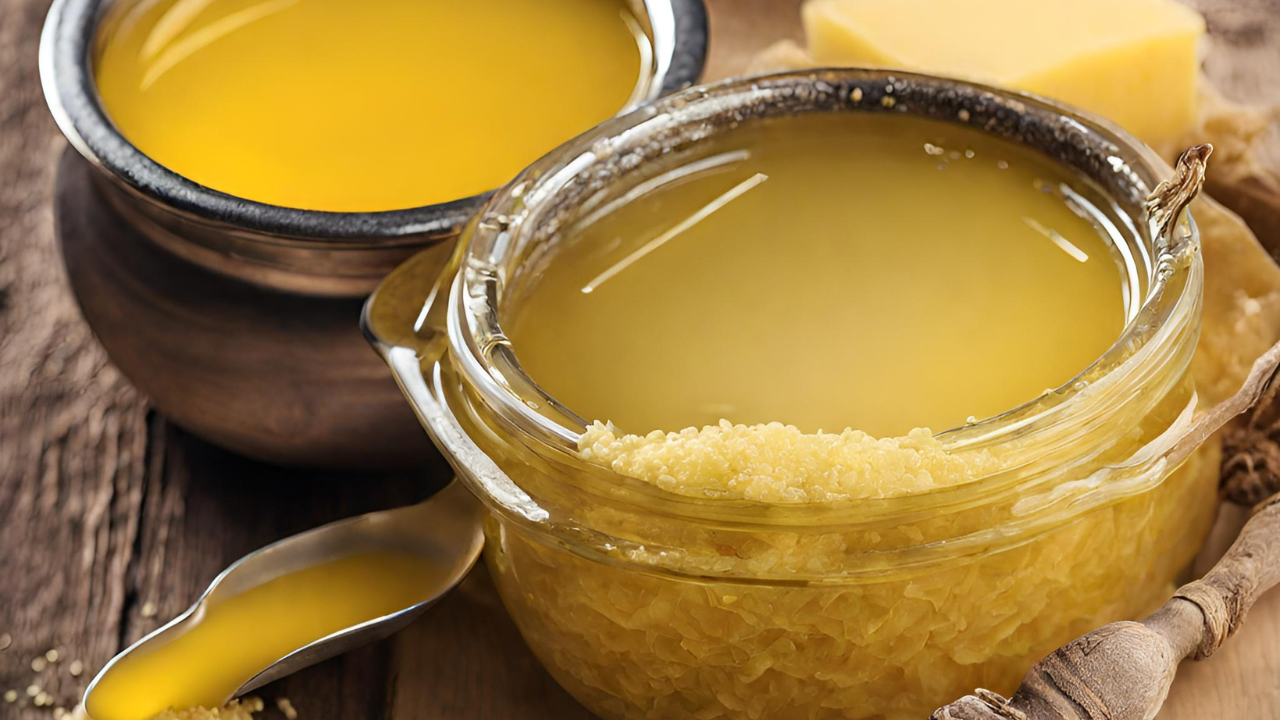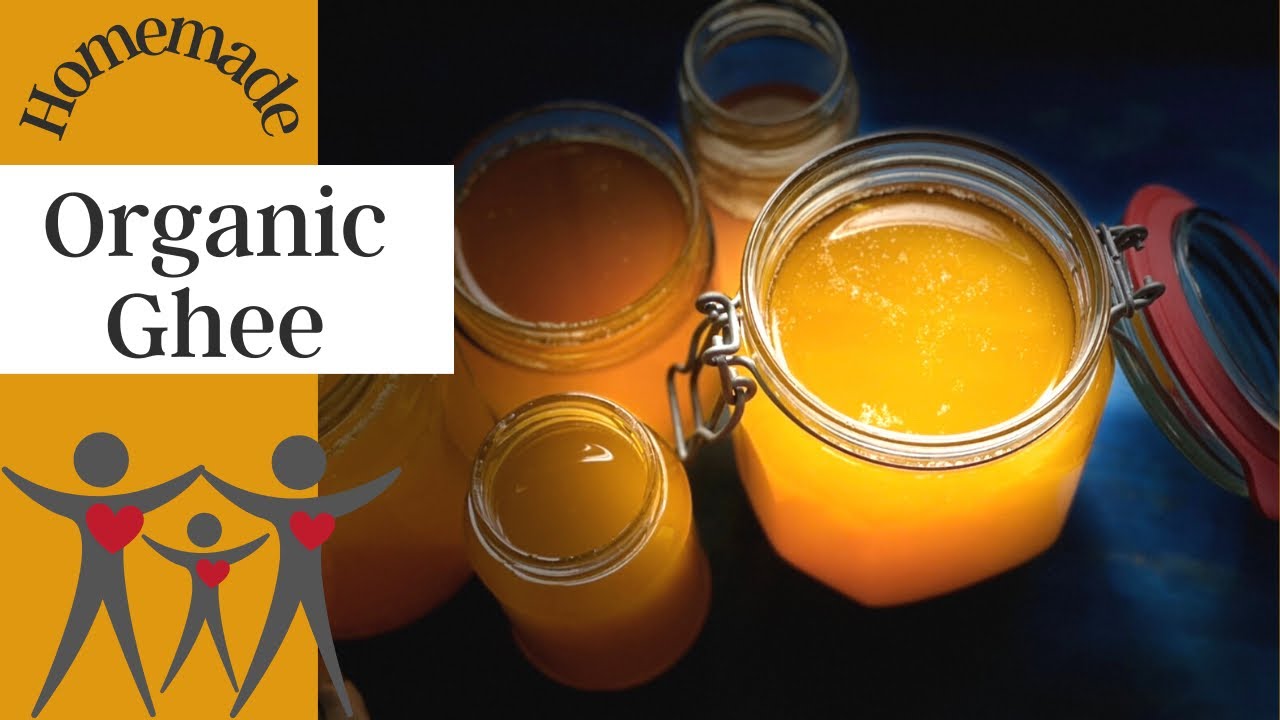Ghee, a clarified butter, has long been revered in Indian households for its rich nutritional profile and culinary versatility. However, with the increasing demand for this golden elixir, unscrupulous manufacturers have resorted to adulteration, leading to the proliferation of fake ghee in the market. This article delves into the critical importance of distinguishing between genuine and counterfeit ghee, highlighting the potential health risks associated with the latter.
Why Does Ghee Matter?
Ghee is the milk of cow or buffalo, which is a powerhouse of essential nutrients, including vitamins A, D, E, and K. It is a rich source of butyric acid, a short-chain fatty acid that nourishes the gut microbiome. Moreover, ghee is known for its anti-inflammatory properties, which can benefit various health conditions.
Unmasking the Tricks of Fake Ghee
To ensure that you consume pure ghee, it is important to be watchful and use these simple yet effective methods:
1. The Hand Test
Authentic Ghee: Melts in a matter of seconds in the palm of your hand as it has its natural ingredients. Ghee Dhaaga: Takes longer time to melt, indicating that there is adulteration of vegetable oils.
2. The Pan Test
Authentic Ghee: Gets a deep golden brown when heated; this is the characteristic of a high smoke point. Fake Ghee: Turns yellowish in color, which indicates the use of lower-grade oils.
3. Salt Test
Authentic Ghee: Does not change color when salt is added to it. Fake Ghee: Bubbles up with salt or curdles.
4. Freezing Test
Authentic Ghee: Does not change shape or color after freezing Fake Ghee: Changes shape or color, indicating the presence of. additives.
5. Water Test
Authentic Ghee: It floats at the surface of water because of its lower density. Falsified Ghee: Submerges to the bottom or creates a layer at the surface of water.
Health Hazards of Falsified Ghee
Consuming falsified ghee leads to serious health risks, which include: Gastrointestinal Problems: Impure ghee can cause indigestion, bloating, and other gastric issues. Cardiovascular Diseases: Harmful fats present in the falsified ghee raise the risk of heart attacks and strokes. Skin Issues: Adulterated ghee can cause pores to block and contribute to the occurrence of acne, rashes, and other skin issues. Serious Health Conditions: Repeated consumption of adulterated ghee can cause major health issues, including cancer.

Conclusion
Knowing the nature of authentic ghee and conducting the easy tests listed above will save you and guarantee you are benefiting from this wholesome dairy product. After all, a little vigilance goes a long way in safeguarding your self and your family from the destructive power of fake ghee.
Read More :-
If You Troubled In Winters Then Eat This Halwa
If You Want To Go To Khatu Shyam, Then Do Not Forget These Mistakes
5 Calcium Rich Vegetarian Foods That Outrank Milk
5 Beauty Myths That Are False Say Goodbye





















